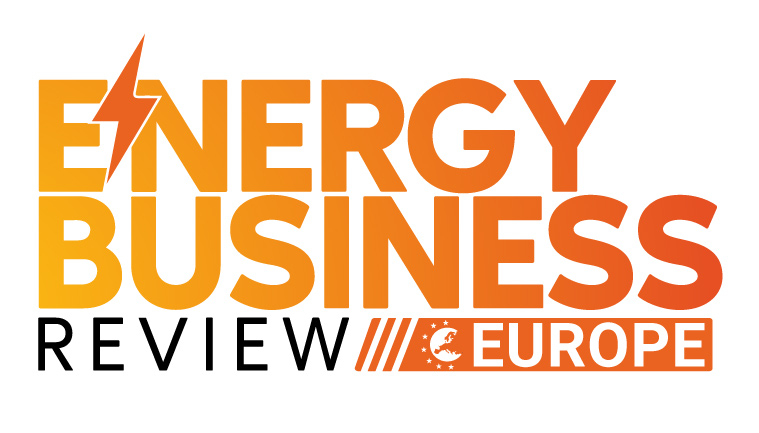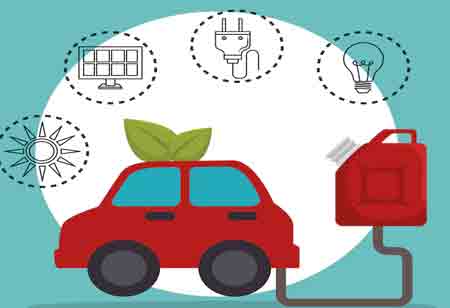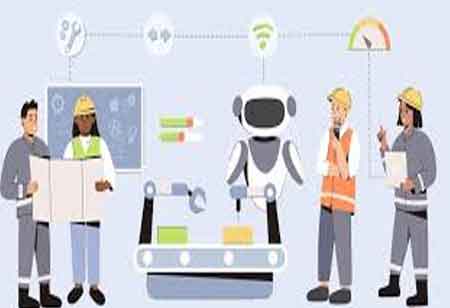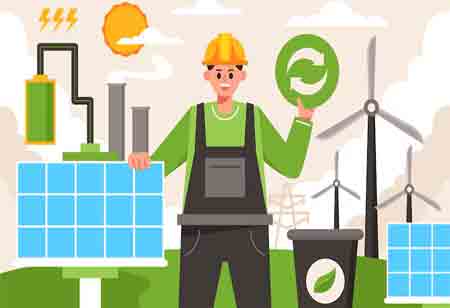Thank you for Subscribing to Energy Business Review Weekly Brief
The Rise of Platform Utilities: Enabling a Multi-Directional Energy Market
Utilities are evolving into central players in a decarbonized energy ecosystem, focusing on grid modernization, renewable energy investments, and customer-centric services by 2030.
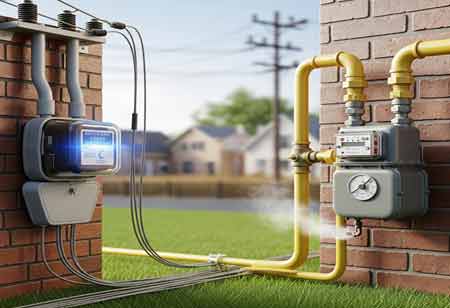
By
Energy Business Review | Tuesday, September 02, 2025
Stay ahead of the industry with exclusive feature stories on the top companies, expert insights and the latest news delivered straight to your inbox. Subscribe today.
The impending years signify a crucial epoch for the utilities sector. The unwavering progression toward a decarbonized global economy is fundamentally altering the operational framework for electricity and natural gas suppliers. This period will be characterized by a strategic adjustment of investments, marked by the accelerated integration of transformative technologies and a profound evolution in the intrinsic nature of utilities. No longer merely purveyors of a commodity, utilities are poised to take on a central role as orchestrators of an intricate and sustainable energy ecosystem.
The New Investment Blueprint: Building the Grid of the Future
The dual imperatives of decarbonization and resilience will overwhelmingly direct investment strategies for utilities between 2025 and 2030. The traditional model of centralized power generation and one-way distribution is giving way to a more intricate, multi-directional energy network. This necessitates a massive mobilization of capital towards grid modernization. Expect to see sustained, large-scale investments in upgrading aging infrastructure to not only enhance reliability but also to accommodate the influx of variable renewable energy sources.
A significant portion of this investment will be earmarked for the development of a more intelligent and automated grid. This includes the widespread deployment of advanced sensors, smart meters, and sophisticated control systems that provide real-time visibility into grid operations. The aim is to create a self-healing grid that can preemptively identify and isolate faults, minimizing the frequency and duration of outages.
Furthermore, direct investment in renewable energy generation is expected to continue its upward trajectory. While much of the focus has been on wind and solar, the coming years are expected to see increased diversification in renewable energy portfolios. Investment will also flow into energy storage solutions, which are crucial for maintaining grid stability in a world increasingly dominated by renewable energy sources. For the natural gas sector, a key investment trend will be the modernization of pipeline infrastructure to reduce methane leakage and prepare for the transportation of low-carbon fuels, such as hydrogen and renewable natural gas.
Technology Adoption: The Digitalization of Energy
Artificial intelligence (AI) will move from the pilot stage to mainstream application, underpinning everything from predictive maintenance of assets to sophisticated energy forecasting and demand-side management. AI algorithms will optimize the dispatch of energy from a diverse array of sources, ensuring a seamless balance between supply and demand.
Digital twins, virtual replicas of physical assets, will become standard for managing complex infrastructure. These digital models will allow utilities to simulate various operational scenarios, optimize performance, and predict potential failures before they occur. This will lead to significant improvements in operational efficiency and a more proactive approach to asset management.
The proliferation of the Internet of Things (IoT) will extend the utility's reach to the very edge of the grid. Connected devices in homes, businesses, and industrial facilities will generate a wealth of data that can be leveraged to offer personalized energy services and encourage energy-efficient behavior. This data-rich environment will serve as the foundation for building new, innovative business models.
The Shifting Role: From Provider to Enabler
The most profound transformation for utilities in the coming years will be the evolution of their role in the energy ecosystem. The rise of decentralized energy resources (DERs), such as rooftop solar and battery storage, is turning passive consumers into active participants in the energy market. In this new paradigm, utilities are transitioning from being the sole providers of electricity to becoming the facilitators of a multi-directional flow of energy and information.
Their primary function will be to ensure the seamless integration of these DERs into the grid, maintaining stability and reliability for all. This will require a shift in mindset from a command-and-control approach to one of collaboration and orchestration. Utilities will increasingly act as platform providers, creating marketplaces where energy can be bought and sold by a diverse range of actors.
This new role also necessitates a much deeper focus on the customer. The utility of the future will be inherently customer-centric, offering a suite of value-added services that go beyond the simple provision of electricity or gas. These services include home energy management systems, electric vehicle charging solutions, and personalized energy efficiency advice. By empowering customers with greater control over their energy consumption and costs, utilities can foster a more engaged and collaborative relationship with them.
For natural gas utilities, the shift will involve a strategic pivot towards supporting a low-carbon economy. This includes exploring opportunities in green hydrogen production and distribution, as well as advancing carbon capture, utilization, and storage technologies. The existing pipeline network represents a valuable asset that can be repurposed to transport these cleaner fuels, ensuring the continued relevance of gas infrastructure in a decarbonized future.
Targeted investment, swift technological progress, and a fundamental redefinition of their function will converge to produce a new generation of utilities. These utilities will not only be prepared to manage the intricacies of a decarbonized world but also be integral to its establishment. This journey will be transformative, culminating in a more sustainable, resilient, and intelligent energy future for all.
